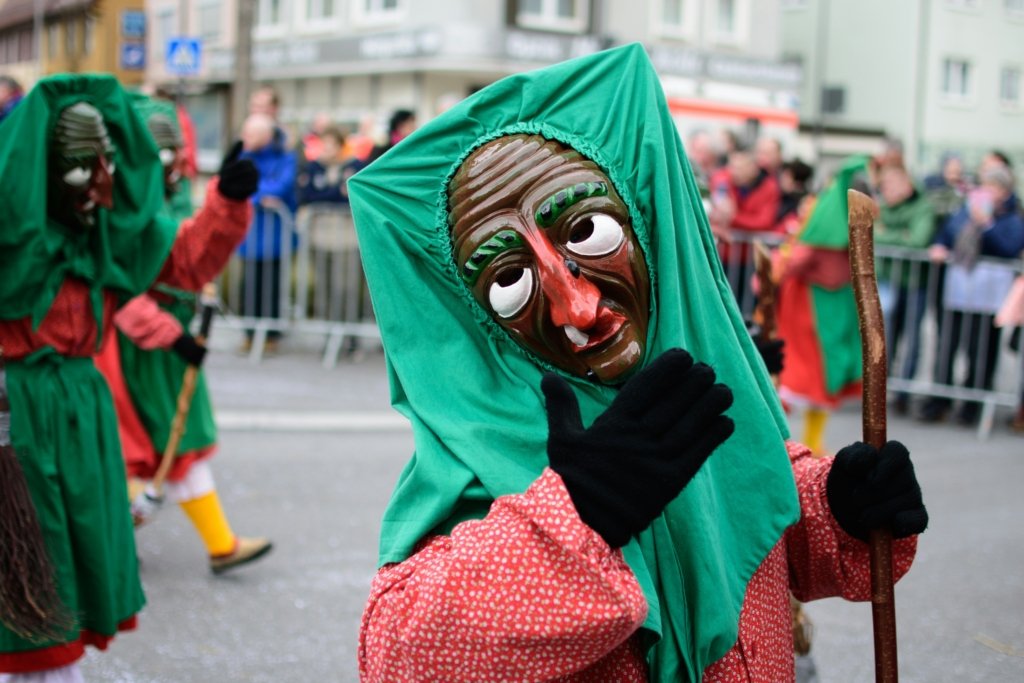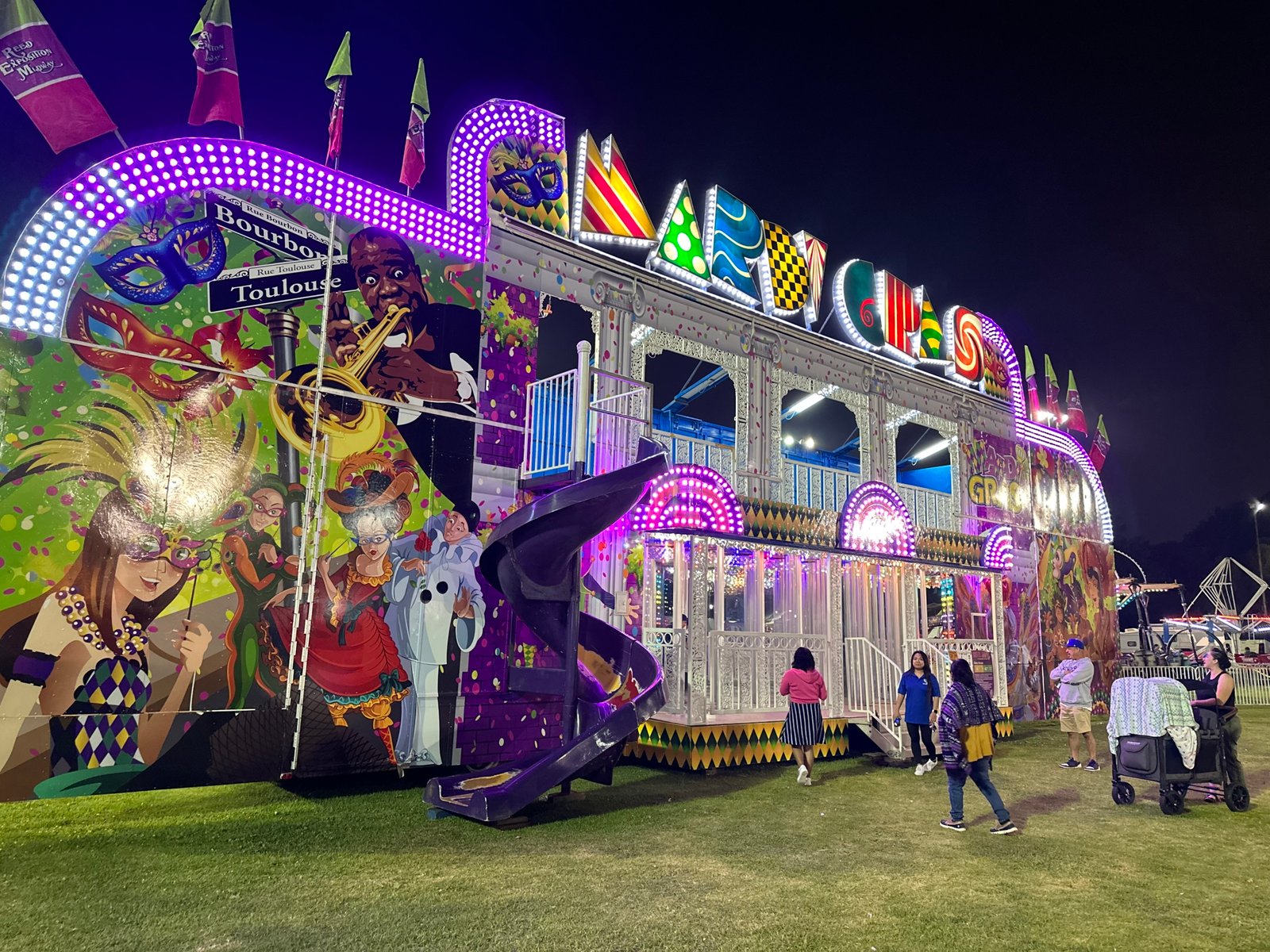The Mardi Gras Carnival Mirror Maze stands as a testament to human ingenuity and our fascination with optical illusions. This intricate labyrinth of reflective surfaces offers visitors a unique blend of entertainment, challenge, and visual spectacle. Unlike traditional carnival attractions, the mirror maze provides an immersive experience that engages both mind and body, making it a standout feature in any amusement park or carnival setting.
Historical Context of Mirror Mazes
The Origins of Mirror Mazes
Mirror mazes have a rich history dating back to the 16th century. The concept originated in European palaces and gardens, where elaborate mirror rooms were constructed to create illusions of infinite space and grandeur. These early iterations were primarily designed for the entertainment of royalty and nobility.
Evolution into Public Attractions
As technology advanced and mirrors became more affordable, mirror mazes transitioned from exclusive palace features to public attractions. The 19th century saw the rise of mirror mazes in fairgrounds and amusement parks across Europe and North America, marking the beginning of their popularity as carnival attractions.
The Modern Mirror Maze
Today’s mirror mazes, including the Mardi Gras Carnival Mirror Maze, incorporate advanced technologies and design principles to create more immersive and challenging experiences. LED lighting, sound effects, and interactive elements have transformed these attractions into multisensory adventures.
Architectural Design and Construction of the Mardi Gras Carnival Mirror Maze
Layout and Structure
The Mardi Gras Carnival Mirror Maze is meticulously designed to maximize disorientation while ensuring safety. The layout typically consists of a series of interconnected corridors and chambers, each filled with strategically placed mirrors to create optical illusions.
Mirror Types and Placement
High-quality, distortion-free mirrors are essential for creating convincing illusions. The maze employs a variety of mirror types, including:
- Flat mirrors for basic reflections
- Convex mirrors to create wide-angle distortions
- Concave mirrors for inverted reflections
- Two-way mirrors for surprising reveals
Mirrors are positioned at various angles to multiply reflections and create the illusion of infinite space or sudden dead ends.
Lighting and Special Effects
Innovative lighting plays a crucial role in enhancing the maze experience. The Mardi Gras Carnival Mirror Maze features:
- Color-changing LED strips to alter the atmosphere
- Strobe lights for disorienting effects
- Blacklights to highlight fluorescent elements
- Projection mapping for dynamic visual displays
These lighting elements work in tandem with the mirrors to create a constantly shifting, visually stunning environment.
Thematic Elements and Decor
To embody the Mardi Gras carnival spirit, the maze incorporates various decorative elements:
- Vibrant color schemes reminiscent of Mardi Gras (purple, green, and gold)
- Carnival masks and jester motifs
- Faux gemstones and beads integrated into the design
- Festive music and sound effects
These thematic touches transform the mirror maze into a celebration of carnival aesthetics, distinguishing it from other mirror mazes.
The Science Behind Mirror Mazes
Principles of Optics
The Mardi Gras Carnival Mirror Maze relies on fundamental principles of optics to create its illusions:
- Reflection: The law of reflection states that the angle of incidence equals the angle of reflection, allowing for precise calculation of reflected images.
- Multiple reflections: When mirrors face each other, they create an infinite series of reflections, known as the “mirror tunnel” effect.
- Refraction: Some sections may incorporate glass or plastic elements to bend light, adding to the visual complexity.
Perceptual Psychology
The maze exploits various aspects of human perception to enhance its effectiveness:
- Spatial disorientation: The abundance of reflections disrupts our normal spatial awareness.
- Pattern recognition: Our brains struggle to differentiate between real paths and reflections.
- Proprioception: The mismatch between visual input and bodily movement can cause temporary confusion.
Understanding these principles allows designers to create more challenging and engaging maze experiences.
Navigation Strategies for the Mardi Gras Carnival Mirror Maze
Basic Techniques
- The Wall-Following Method: Keeping one hand on a wall can help maintain orientation and eventually lead to the exit.
- Marking Your Path: Some visitors use temporary markers (like removable stickers) to track their progress.
- Observing Floor Patterns: Many mazes incorporate subtle floor designs to guide attentive visitors.
Advanced Strategies
- Identifying Unique Features: Look for small imperfections or dust on mirrors to distinguish real paths from reflections.
- Using Sound Cues: Pay attention to echoes and ambient sounds to gauge the size and shape of spaces.
- Employing Logic and Memory: Create mental maps and use deductive reasoning to eliminate impossible paths.
Group Dynamics
Navigating the maze in a group presents unique challenges and opportunities:
- Divide and Conquer: Split up to explore different paths, but maintain verbal contact.
- Human Chain: Form a line to cover more ground while staying connected.
- Designated Navigator: Appoint one person to make decisions and guide the group.
The Psychological Impact of Mirror Mazes
Cognitive Effects
Engaging with a mirror maze like the Mardi Gras Carnival Mirror Maze can have several cognitive benefits:
- Enhanced spatial reasoning skills
- Improved problem-solving abilities
- Increased awareness of visual perception mechanisms
Emotional Responses
Visitors to the maze often experience a range of emotions:
- Excitement and anticipation upon entering
- Frustration and challenge during navigation
- Triumph and satisfaction upon completion
Some individuals may also experience mild anxiety or claustrophobia, which is why many mazes offer early exit options.


Safety Considerations in the Mardi Gras Carnival Mirror Maze
Structural Safety
- Shatterproof Mirrors: All reflective surfaces are made of safety glass or acrylic to prevent injuries.
- Non-Slip Flooring: Specially designed flooring reduces the risk of slips and falls.
- Emergency Exits: Clearly marked exits are available throughout the maze.
Health and Hygiene
- Regular Cleaning: Surfaces are frequently sanitized to maintain hygiene.
- Air Circulation: Proper ventilation systems ensure a comfortable environment.
- First Aid: Staff are trained in basic first aid to assist visitors if needed.
Accessibility
The Mardi Gras Carnival Mirror Maze strives to be inclusive:
- Wheelchair Accessible Routes: Certain paths are designed to accommodate wheelchairs.
- Sensory-Friendly Sessions: Special times may be allocated for visitors with sensory sensitivities.
- Multilingual Signage: Important information is presented in multiple languages.
The Future of Mirror Mazes
Technological Advancements
The future of attractions like the Mardi Gras Carnival Mirror Maze looks bright, with potential advancements including:
- Augmented Reality Integration: Overlaying digital elements onto the physical maze
- Interactive Holograms: Creating more complex illusions with holographic technology
- Adaptive Difficulty: Using AI to adjust the maze’s challenge level based on visitor performance
Environmental Sustainability
As environmental concerns grow, mirror mazes are adapting:
Water Conservation: Implementing water-saving measures in maintenance procedures
Energy-Efficient Lighting: Transitioning to low-energy LED systems
Eco-Friendly Materials: Using recycled and sustainable materials in construction
Conclusion: The Enduring Appeal of the Mardi Gras Carnival Mirror Maze
The Mardi Gras Carnival Mirror Maze represents more than just a simple attraction; it’s a complex interplay of science, art, and human psychology. Its ability to challenge, entertain, and amaze visitors ensures its place as a beloved feature of carnivals and amusement parks worldwide. As technology advances and our understanding of perception deepens, we can expect these mazes to evolve, offering even more captivating experiences for future generation


